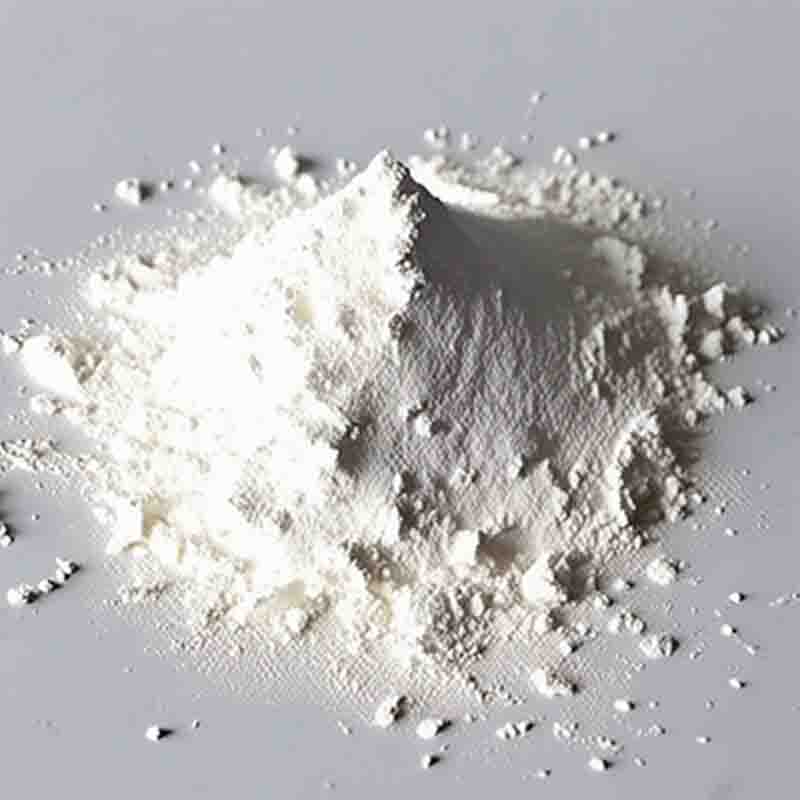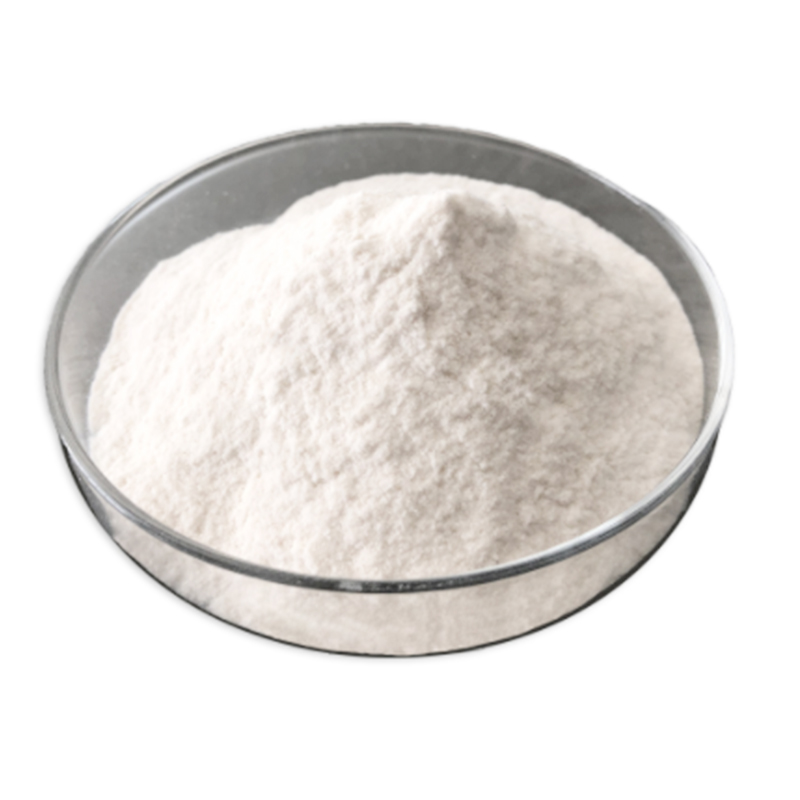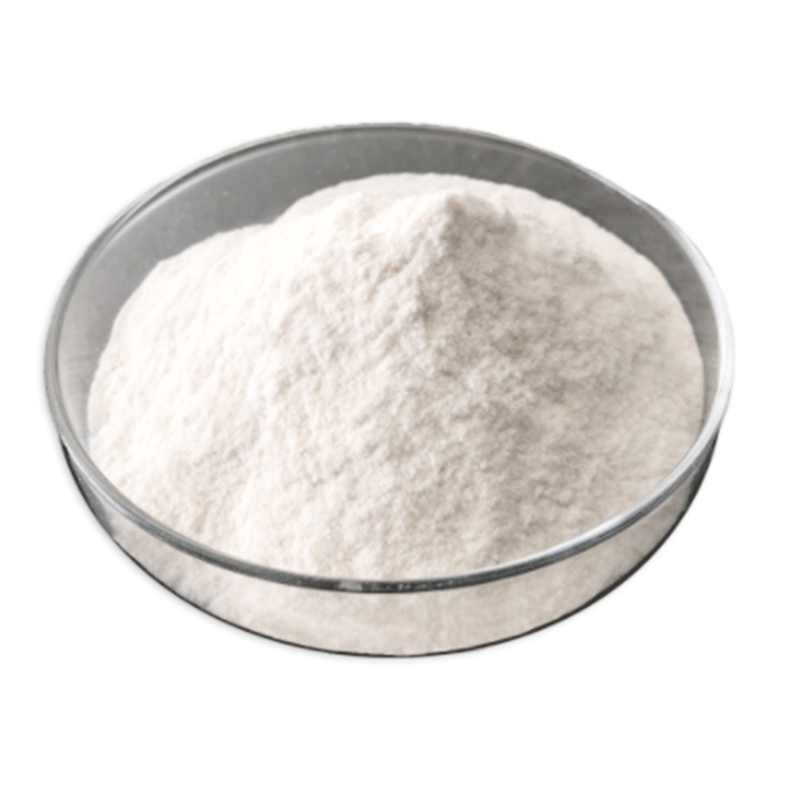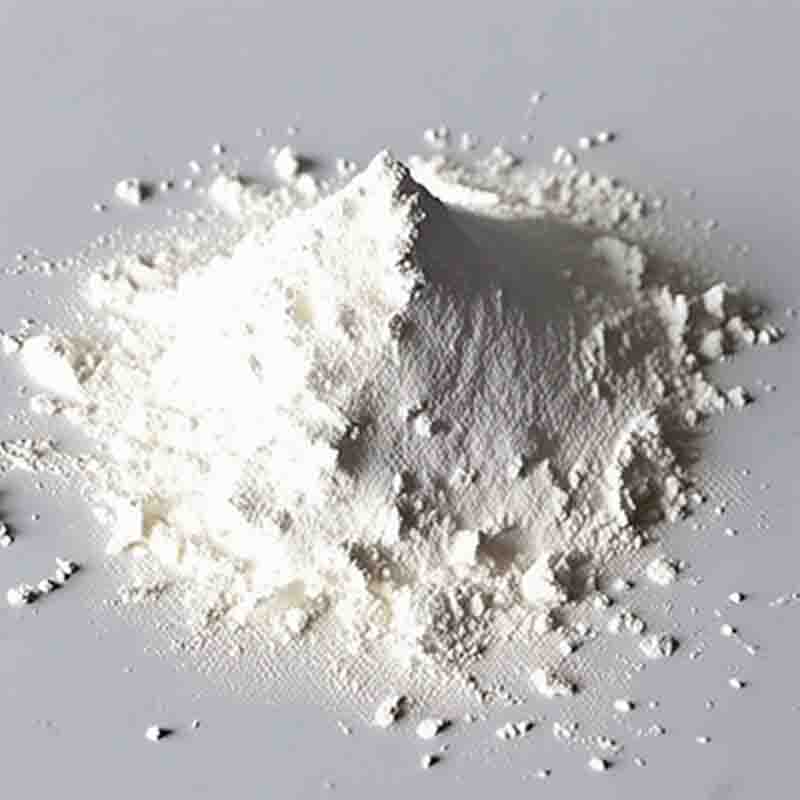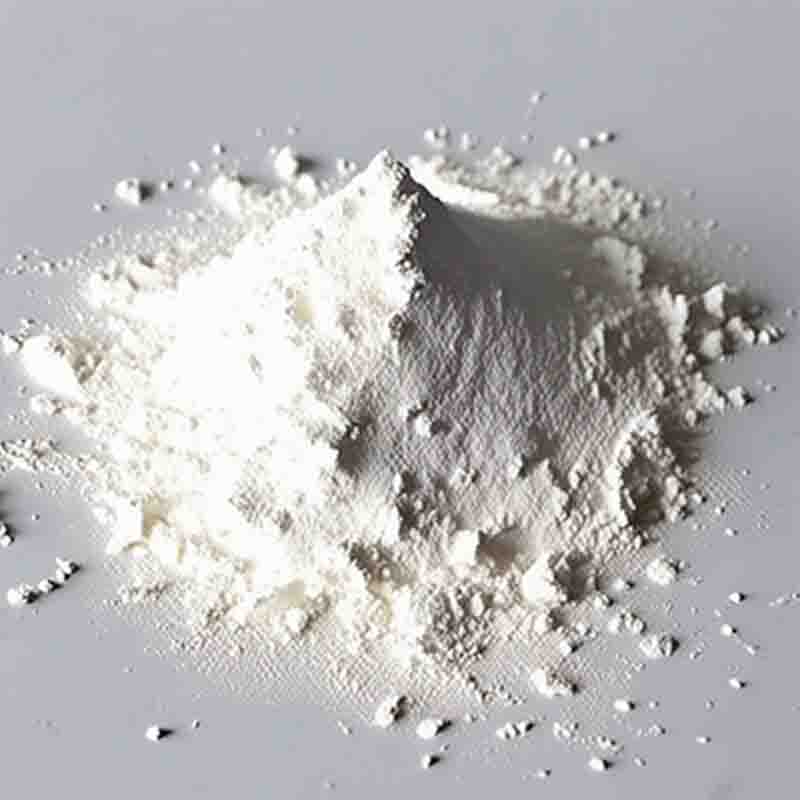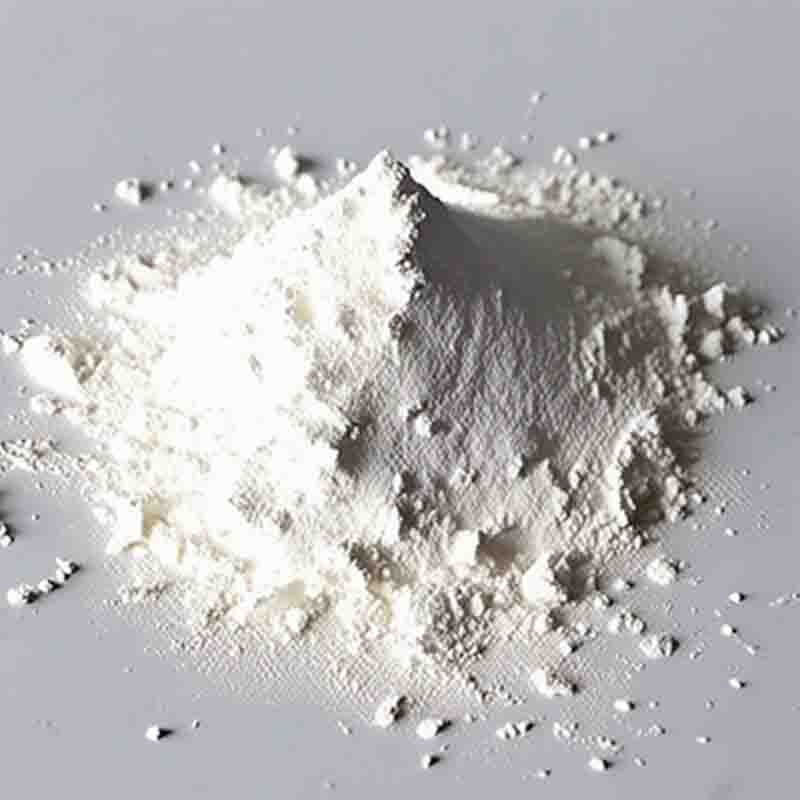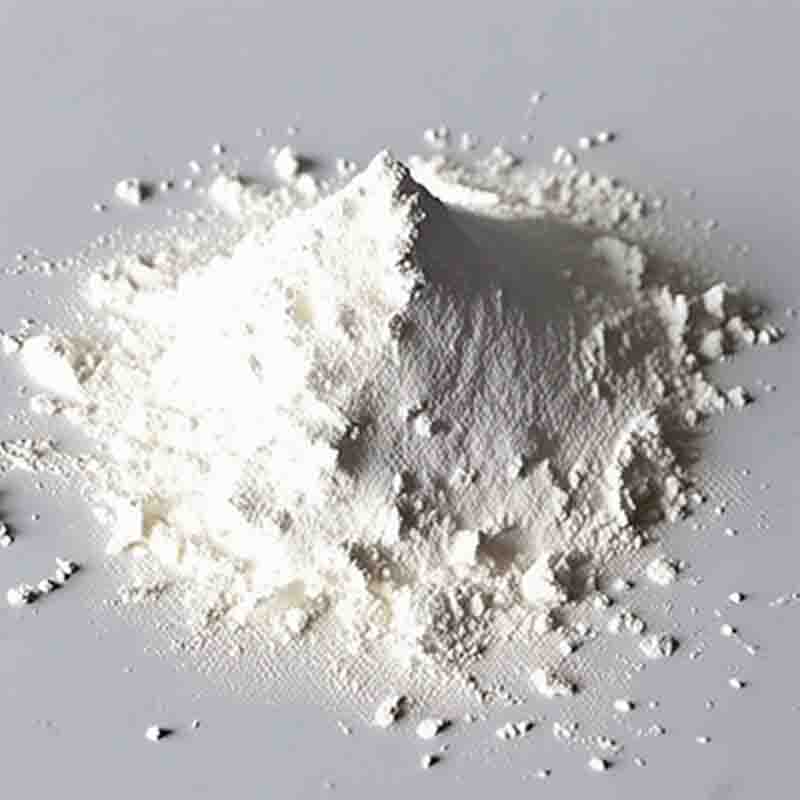DIRHODIUM (II) TETRAKIS(CAPROLACTAM) CAS: 138984-26-6
| Catalog Number | XD94438 |
| Product Name | DIRHODIUM (II) TETRAKIS(CAPROLACTAM) |
| CAS | 138984-26-6 |
| Molecular Formula | C24H44N4O4Rh2 |
| Molecular Weight | 658.44 |
| Storage Details | Ambient |
Product Specification
| Appearance | White powder |
| Assay | 99% min |
Dirhodium (II) tetrakis(caprolactam), also known as Rh2(caprolactam)4, is an organometallic compound commonly used as a catalyst in organic synthesis. This complex contains two rhodium(II) atoms coordinated with four caprolactam ligands.One of the primary applications of Dirhodium (II) tetrakis(caprolactam) is in the catalytic reaction known as cyclopropanation. Cyclopropanation involves the formation of three-membered cyclic structures called cyclopropanes. These cyclopropanes are highly valuable in the synthesis of pharmaceuticals, natural products, and other organic compounds. The Rh2(caprolactam)4 catalyst facilitates the insertion of a carbene moiety, generated from diazo compounds, into the double bonds of various substrates, resulting in the formation of cyclopropanes. This catalytic reaction is highly efficient and selective, making Dirhodium (II) tetrakis(caprolactam) a preferred catalyst for cyclopropanation reactions.Another notable application of Dirhodium (II) tetrakis(caprolactam) is in the catalytic reaction known as olefin aziridination. Aziridines are three-membered heterocycles containing a nitrogen atom. They are crucial building blocks in the synthesis of diverse compounds, including pharmaceuticals and agrochemicals. The Rh2(caprolactam)4 catalyst enables the transfer of a nitrene moiety to the double bonds of olefins, leading to the formation of aziridines. This reaction is highly efficient and offers high regio- and stereoselectivity, making Dirhodium (II) tetrakis(caprolactam) a valuable catalyst for olefin aziridination.Furthermore, Dirhodium (II) tetrakis(caprolactam) can be used in other important transformations, such as carbon-hydrogen (C-H) functionalization reactions. C-H functionalization involves the direct conversion of C-H bonds into more complex functional groups, eliminating the need for pre-functionalized starting materials. The Rh2(caprolactam)4 catalyst has demonstrated excellent activity in a range of C-H functionalization reactions, providing access to structurally diverse compounds with high efficiency and selectivity.Besides its catalytic applications, Dirhodium (II) tetrakis(caprolactam) also exhibits intriguing photophysical properties. It displays luminescent behavior, which has led to its use in photochemical reactions and as a photocatalyst for various transformations.In summary, Dirhodium (II) tetrakis(caprolactam) is a versatile and valuable catalyst in organic synthesis. Its prominent role in cyclopropanation, olefin aziridination, C-H functionalization, and photochemical reactions makes it an essential tool for the efficient synthesis of complex organic molecules. The high efficiency, selectivity, and versatile reactivity of Dirhodium (II) tetrakis(caprolactam) contribute to its extensive use in the pharmaceutical, agrochemical, and materials science industries, as well as in academic research.


